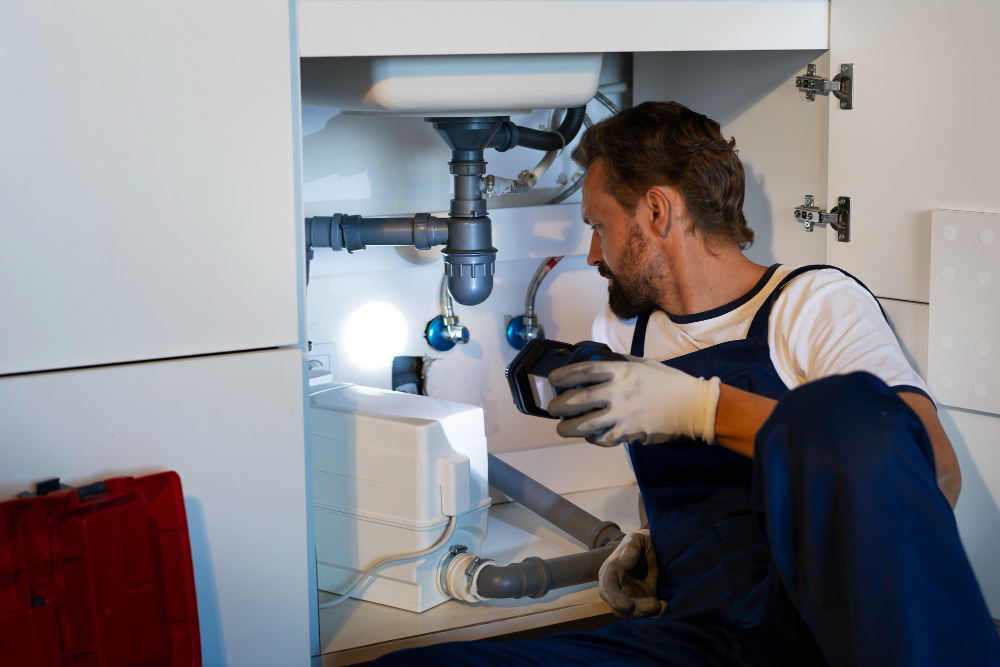As temperatures drop, your home’s plumbing system faces increased risks, from frozen pipes to potential bursts. Winterizing your plumbing system is essential to prevent these issues and avoid costly repairs. In this guide, we’ll cover five practical tips for preparing your plumbing for the cold months ahead.
Tip 1: Insulate Exposed Pipes
One of the most effective ways to protect your pipes during winter is by insulating them. Pipes located in unheated areas, like basements, crawl spaces, attics, or garages, are especially vulnerable to freezing. Use foam pipe insulation or heat tape to wrap these pipes. Insulating your pipes helps prevent freezing and can also save on energy costs by keeping hot water warmer as it travels through the pipes.
Tip 2: Disconnect and Drain Outdoor Hoses
Outdoor hoses left connected during winter can cause water to freeze and expand back into your pipes, increasing the risk of pipe bursts. Disconnect all outdoor hoses, and if your faucet has a shutoff valve, turn it off and drain the remaining water. You may also want to invest in insulated faucet covers for additional protection. These steps help prevent frozen water from causing internal damage to your plumbing system.
Tip 3: Keep Your Home Warm
Maintaining a consistent indoor temperature, even when you’re away, is crucial for protecting your pipes. Set your thermostat to at least 55°F (13°C), especially if you’re traveling, to ensure that the heat is on in your absence. Opening cabinet doors under sinks can also help warm air reach pipes located along exterior walls, reducing the chance of freezing.
Tip 4: Seal Any Drafts or Leaks
Cold air drafts can cause your plumbing pipes to freeze, particularly if there are gaps or cracks around windows, doors, or foundations. Inspect your home for any drafts or leaks, and use caulk or weatherstripping to seal them. Pay close attention to areas near pipes, as even small drafts can significantly lower the temperature around exposed plumbing, increasing the risk of frozen pipes.
Tip 5: Drain and Winterize Unused Water Lines
If you have a sprinkler system or pool, make sure to drain any remaining water before winter arrives. This also applies to any other unused water lines, as standing water can freeze, causing expansion and potential cracks. Draining these lines helps prevent ice buildup and ensures that your outdoor plumbing is protected until spring.
Conclusion: Take Action to Prevent Winter Plumbing Emergencies
Winterizing your plumbing can save you from unexpected damage and costly repairs. By following these essential tips, you can protect your home’s plumbing system, reduce the risk of frozen pipes, and ensure peace of mind all winter long. Take the time to insulate pipes, disconnect outdoor hoses, maintain a steady temperature, seal drafts, and drain unused lines—and your plumbing will be well-prepared to face the winter chill.
Don’t wait for frozen pipes to disrupt your winter—take action now to protect your home’s plumbing. Our experienced team can help you insulate pipes, check for drafts, and ensure your system is winter-ready. With professional winterization, you’ll have peace of mind and avoid costly repairs during the colder months. Contact us today for a quick, reliable service and keep your plumbing safe all winter long!
